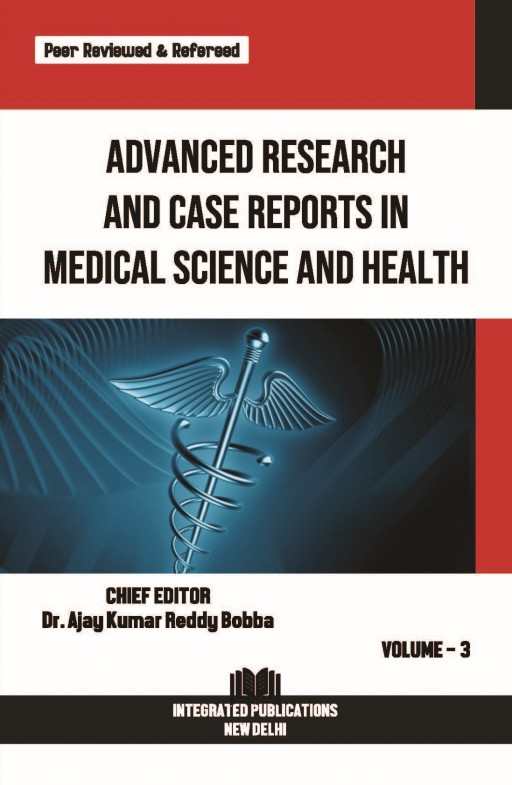Tinea Capitis in a Four-Year-Old Boy Caused by Microsporum canis


Introduction: Tinea capitis, a dermatophyte infection of the scalp and hair shafts, predominantly affects children and often involves zoonotic species such as Microsporum canis. The condition, commonly associated with close contact with animals, can range from mild, non-inflammatory patches to severe inflammatory lesions, such as kerion. Accurate diagnosis requires clinical assessment and laboratory confirmation, including microscopy and culture. Materials and Methods: A four-year-old boy presented with a scaly scalp lesion and hair loss, persisting for two weeks. A detailed history, clinical examination, and laboratory investigations were conducted. Direct microscopy, fungal culture, and antifungal susceptibility testing identified the causative agent as Microsporum canis. The child was treated with oral griseofulvin and topical ketoconazole shampoo. Case summary: The lesion began as a small, scaly patch on the vertex of the scalp, progressively enlarging over two weeks. The child had frequent contact with a pet cat diagnosed with ringworm. Examination revealed a 5 cm erythematous, scaly plaque with broken hair shafts. Laboratory investigations confirmed Microsporum canis as the causative organism. Treatment with oral griseofulvin for six weeks resulted in complete resolution of the lesion. Conclusion: This case highlights the zoonotic potential of Microsporum canis and underscores the importance of early diagnosis, effective antifungal therapy, and public health measures, including treatment of infected animals, to prevent transmission. A One Health approach is crucial for managing zoonotic fungal infections.